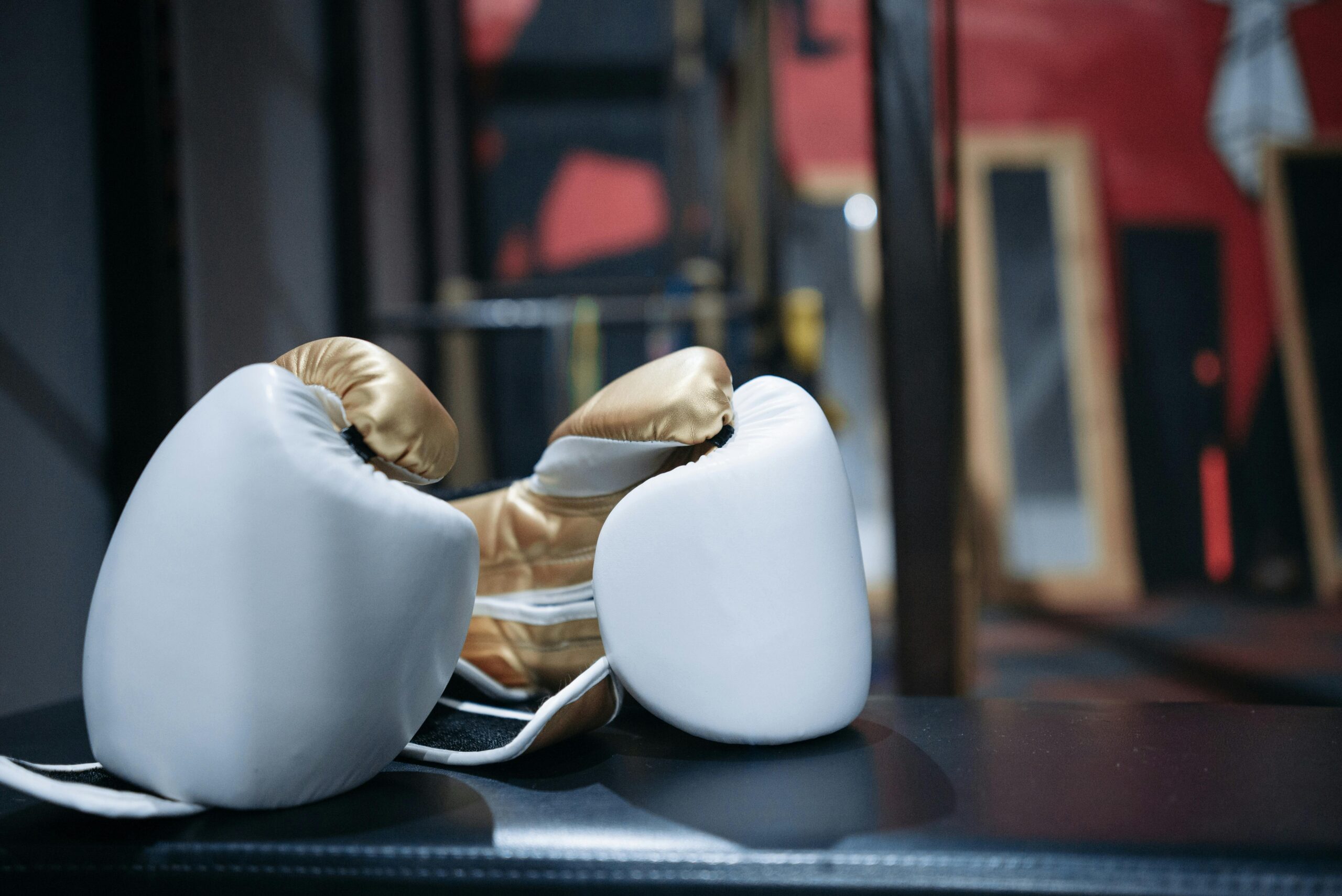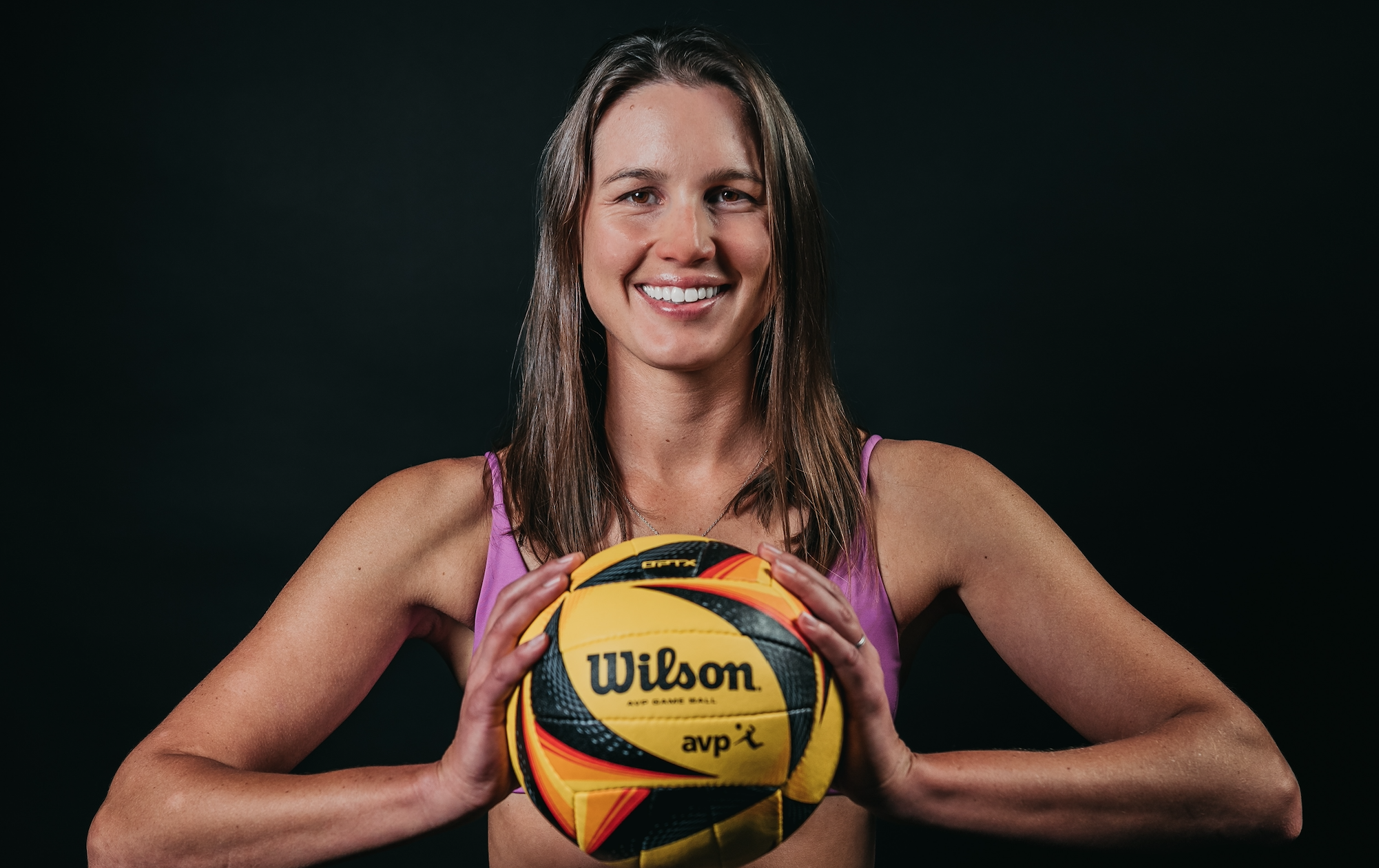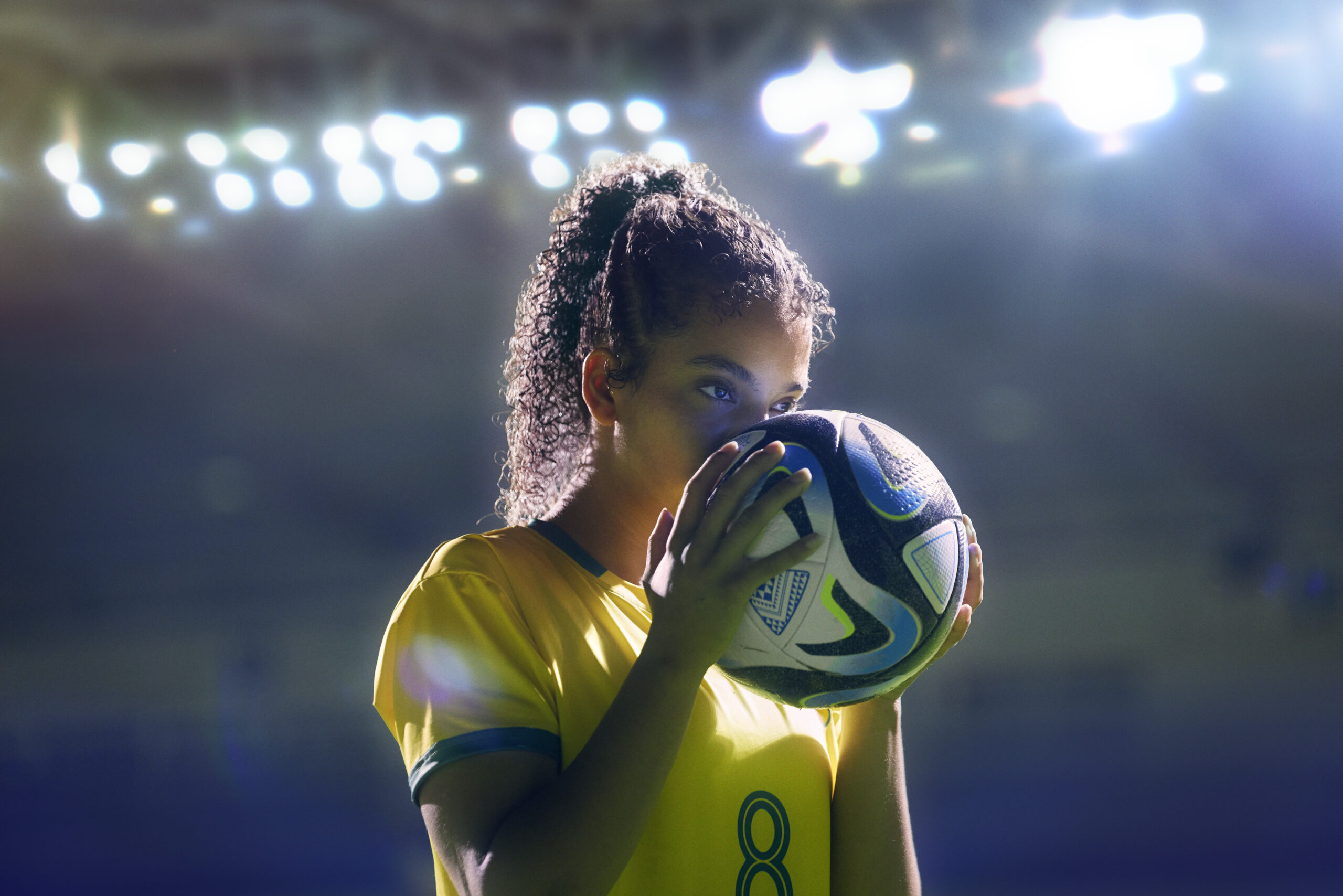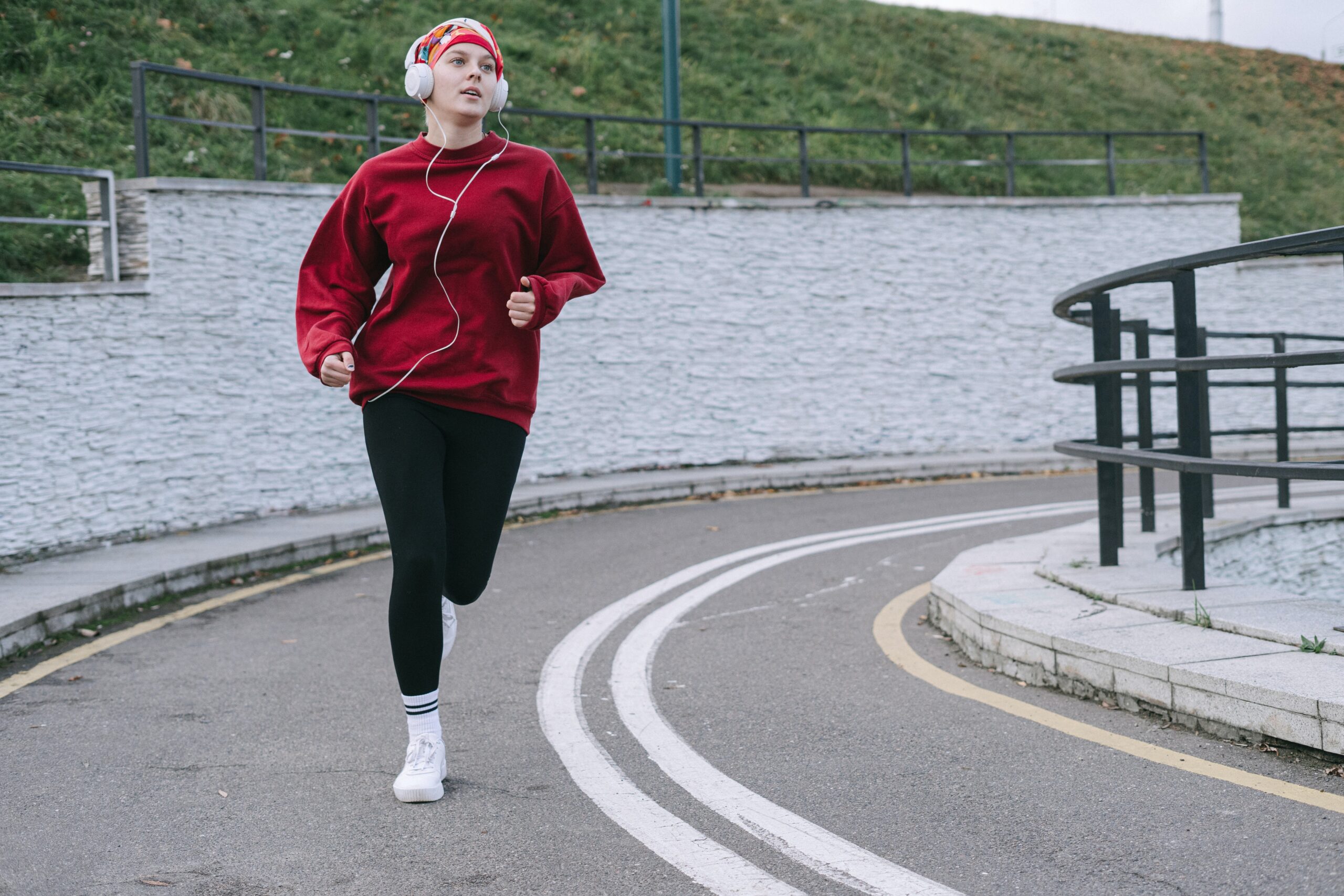
By Cassie Brewer
As young children, girls and boys are encouraged to get out and play sports. No one is excluded, Everyone has a chance to show their stuff on the playground. But somewhere along the line, typically around puberty, there is a split between the genders; boys continue playing sports well into high school (the lucky, talented ones can go even further), while girls seem to lose interest in athletics. In fact, the Center for Disease Control reports that girls drop out of sports at a rate six times that of boys their age.
By the age of 14, girls start dropping out of sports at twice the rate of boys, according to the Women’s Sports Foundation. Among numerous reasons, the lack of positive and visible role models becomes a factor, as other issues start to take center stage in a young girl’s life.
What is causing girls to leave the athletic arena? It could be the rising tide of insecurity that most women face as they reach puberty. It could be the old societal belief that sports are “unfeminine,” and that ladies shouldn’t be bothered with athletic competition. It could also be the fault of our nation’s education system – that same CDC report revealed that “Only one-fifth of the nation’s girls have daily physical education.” Other studies have shown that girls have around 1.3 million fewer opportunities than boys to play sports in high school.
The National Women’s Law Center looked at the way each state across the US ranks according to how it has implemented Title IX – the legislation that has become a cornerstone for ensuring gender equality in schools and colleges. Sadly, the study found that not one state has reached gender equality in sports.

The importance of sport goes beyond just trying to achieve a gender balance on the field. The Women’s Sports Foundation outlined some major benefits that can assist girls well beyond their teenage and adolescent years.
“According to the report, staying active and participating in physical activity can prevent chronic diseases such as obesity and heart disease, lower rates of substance abuse, reduce risky behaviors, and decrease rates of teenage pregnancies. Furthermore, girls will have better mental health, higher self-image and confidence levels, improved teamwork and communication skills, increased graduation rates, and leadership skills that can lead to achievement opportunities in school and at work,” writes Edwin Moses, the Chairman of the Laureus Sport for Good Foundation in an article for the Huffington Post.
While we know the compelling data the challenge becomes more about finding ways to encourage girls to keep playing sports. It is inevitable that some girls will simply lose interest in sports as they age.
But even if a young woman decides she’d rather not spend an afternoon running around on a dirty field, it is so important that she continues to exercise and build healthy habits. She could seek out sports or activities she might prefer such as dancing or yoga. This way she will continue to learn how to treat her body well – a habit she will be more likely to continue into adulthood – while still doing something she enjoys.
One of the greatest struggles athletic girls face as they grow up is the belief that they “don’t belong.” With the dominant message from media, entertainment and society telling girls they have to stay in their “pink” lane, often the social stigma around women’s sports is enough to stifle their love of the game.

Thankfully this narrow definition of what it means to be a girl is being dismantled in powerful ways, in one industry in particular – advertising. The phenomenal success of hygiene brand Always’ ‘Like A Girl’ movement and videos has set a new standard for the way other brands and companies choose to market to girls and women.
Always conducted their own report about girls and sports and found some shocking statistics that they are clearly working to change. As many as 7 out of 10 girls feel they do not belong in sports. 67% feel that society doesn’t encourage them to play sports. 7 out of 10 feel that there aren’t enough role models in sports today. By the age 17 (the end of puberty), 51% of girls will have quit sports.
In a blog post for her website Techsavvymama.com, teacher, digital strategist and mom Leticia explains why continuing to encourage her daughter to play sports is important to her.
“When Emily is on the soccer field or basketball court, I’ve seen her confidence soar thanks to great coaching, the feeling of team unity, and the fun she’s having with her friends but I’ve also seen her get discouraged when she’s not supported by those who should be serving as role models for a sport she loves,” she writes.
“As a mom who played sports who is now raising a daughter who loves sports, statistics show that this is a critical age for our girls. The tween and teen years are where interest in STEM disappears if it isn’t fostered and the same is true of sports.”

Alex Morgan, a member of the World Cup and Olympic champion U.S. women’s soccer team, encourages parents and coaches to give girls the space to play. “The best way to keep girls playing,” she said in an interview with CNN, “is to encourage them and let them know that they belong and have reasons to play that extend far beyond physical fitness.” This is the key to keeping girls active, healthy, and having fun throughout puberty, their adolescence, and the years beyond.
Aside from being a World Cup Winner, she is also the writer of a best-selling book series called ‘The Kicks’ which became an Amazon series centered around young girls who play soccer. The show was a clear and unapologetic message about girls and sports. It was also made to create representation on-screen, so girls watching can see themselves reflected in the entertainment they consume as well as in real-life representations like Alex Moran and the USWNT.
Jen Welter, another athletic trailblazer who hit mainstream news headlines when she officially became the first female NFL coach, also happens to be a sport psychologist who urges parents to encourage their daughters, regardless of how good or bad they are at a sport.
“Go out and play with her. Just because you’re not a great basketball player doesn’t mean you can’t go out there and work some basketball drills with her…Mom, you are the number one person who can teach them that, because you’re saying, ‘I’m playing because [I] love it and it’s fun to have mom-daughter time playing time basketball.’ That’s something boys have had from their dads forever,” she said.
With professional athletic women like Serena Williams, Ronda Rousey, the USWNT, the US women’s gymnastic team who have broken world records and collecting numerous Olympic medals, and many more who are becoming outspoken role models for young women, there has never been a better time to close the gender gap for girls in sports. You don’t have to start with a lot of money, you can help the young woman in your life get into sports with local resources, from second-hand sports equipment like baseball gloves or tennis rackets. If her dream is to be the next golf trailblazer like Michelle Wie, you can shop used golf clubs at Golf Avenue. We have the tools to make it happen, it is up to schools, teachers, coaches and parents to see the benefits for their girls.

Cassie Brewer, 25, is a makeup artist and freelance writer living in sunny Southern California. She writes about diet and wellness in order to help others not only be beautiful on the outside, but radiant on the inside. You can follow her on twitter: @cassiembrewer.

















3 thoughts on “It’s Not Just Women, We Need To See More Girls Playing Sports Through Puberty”